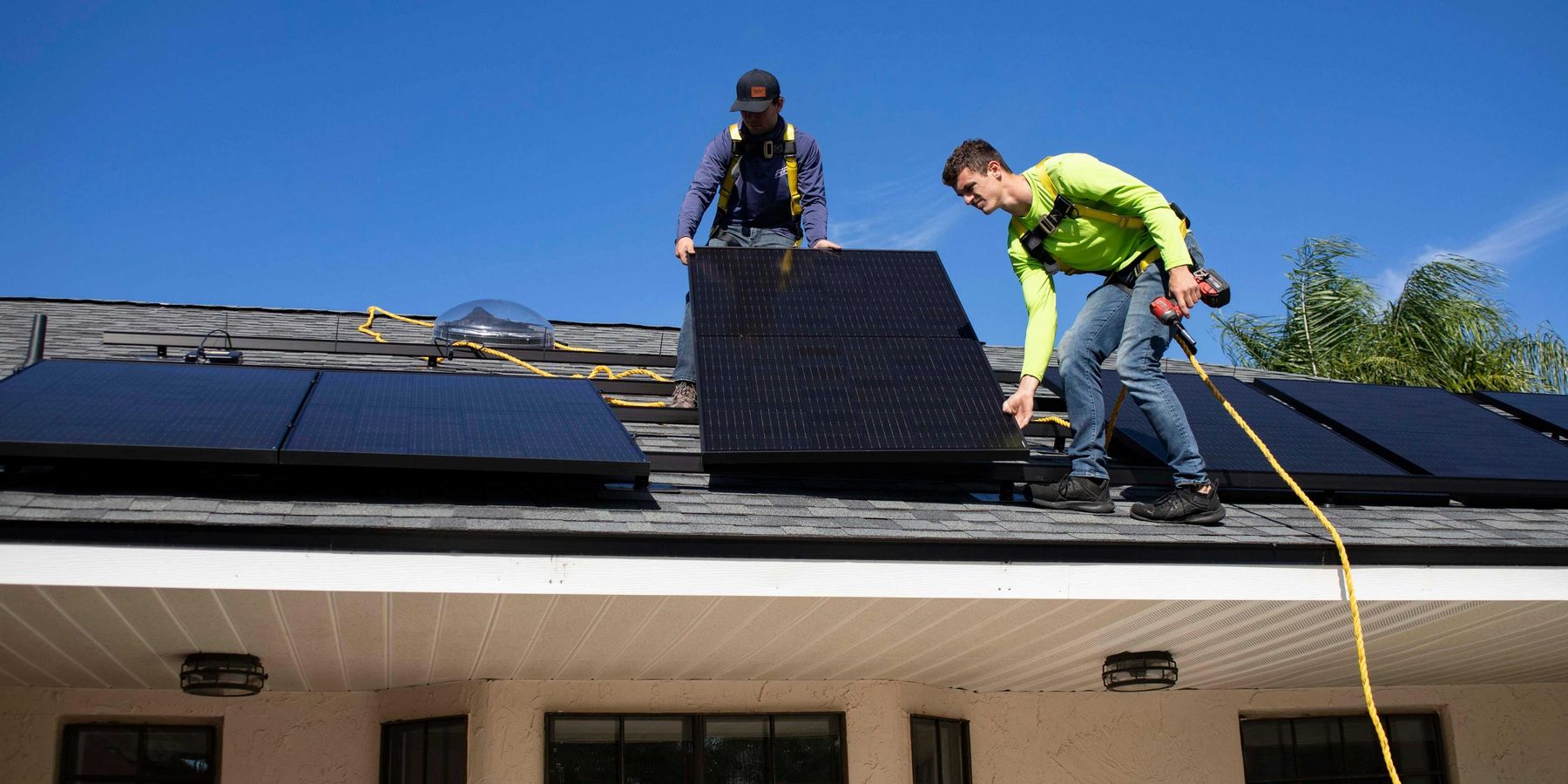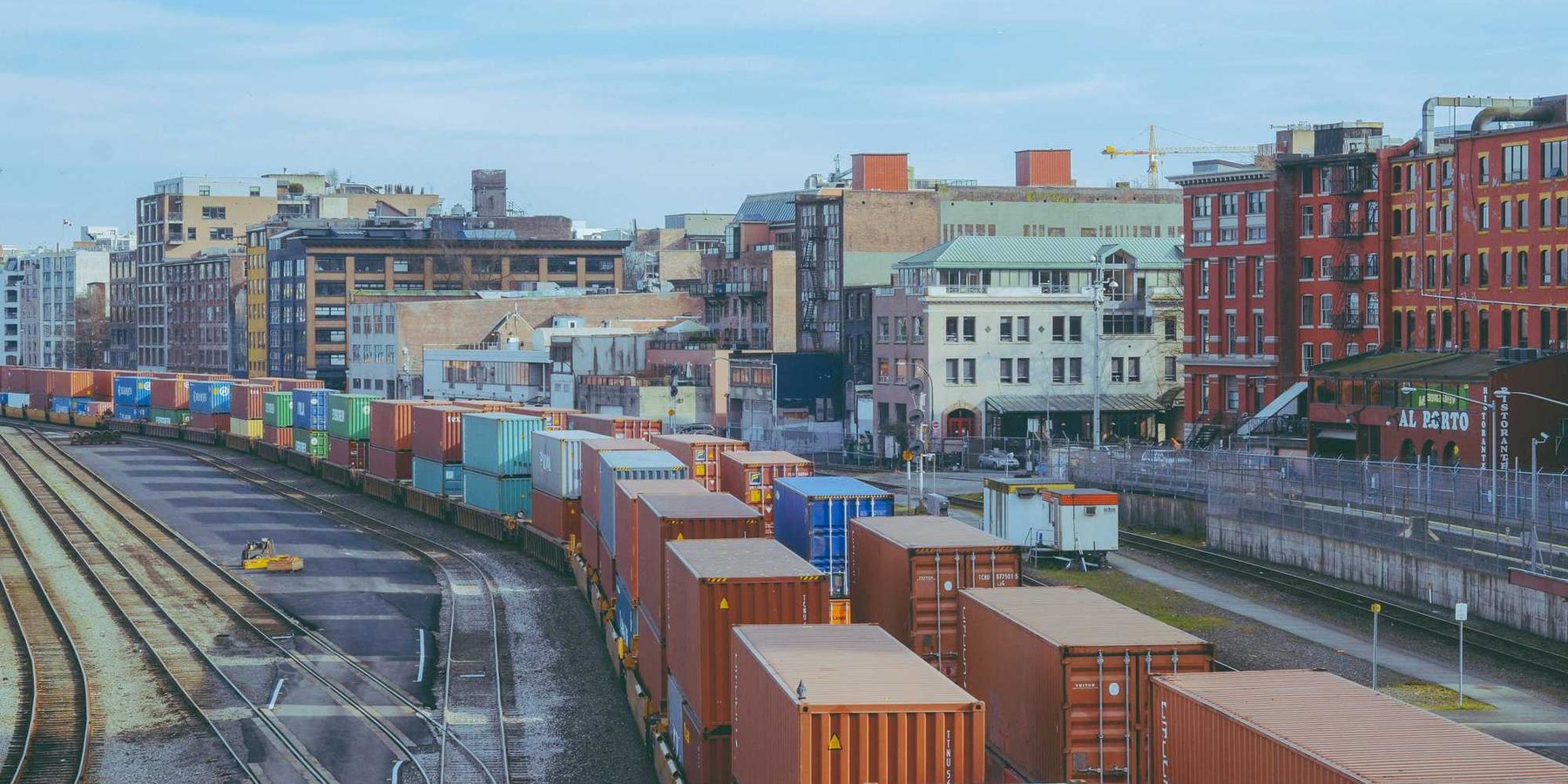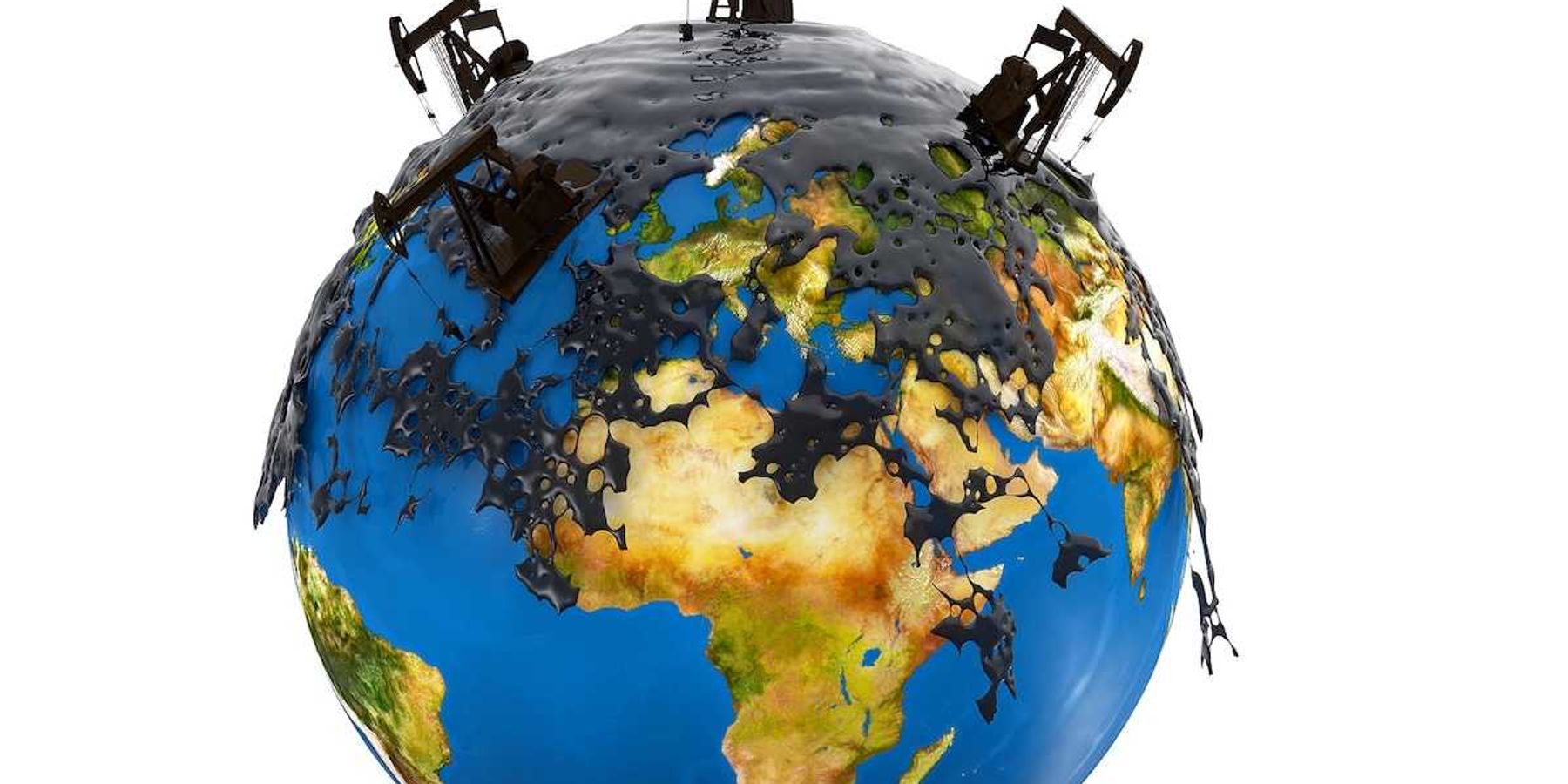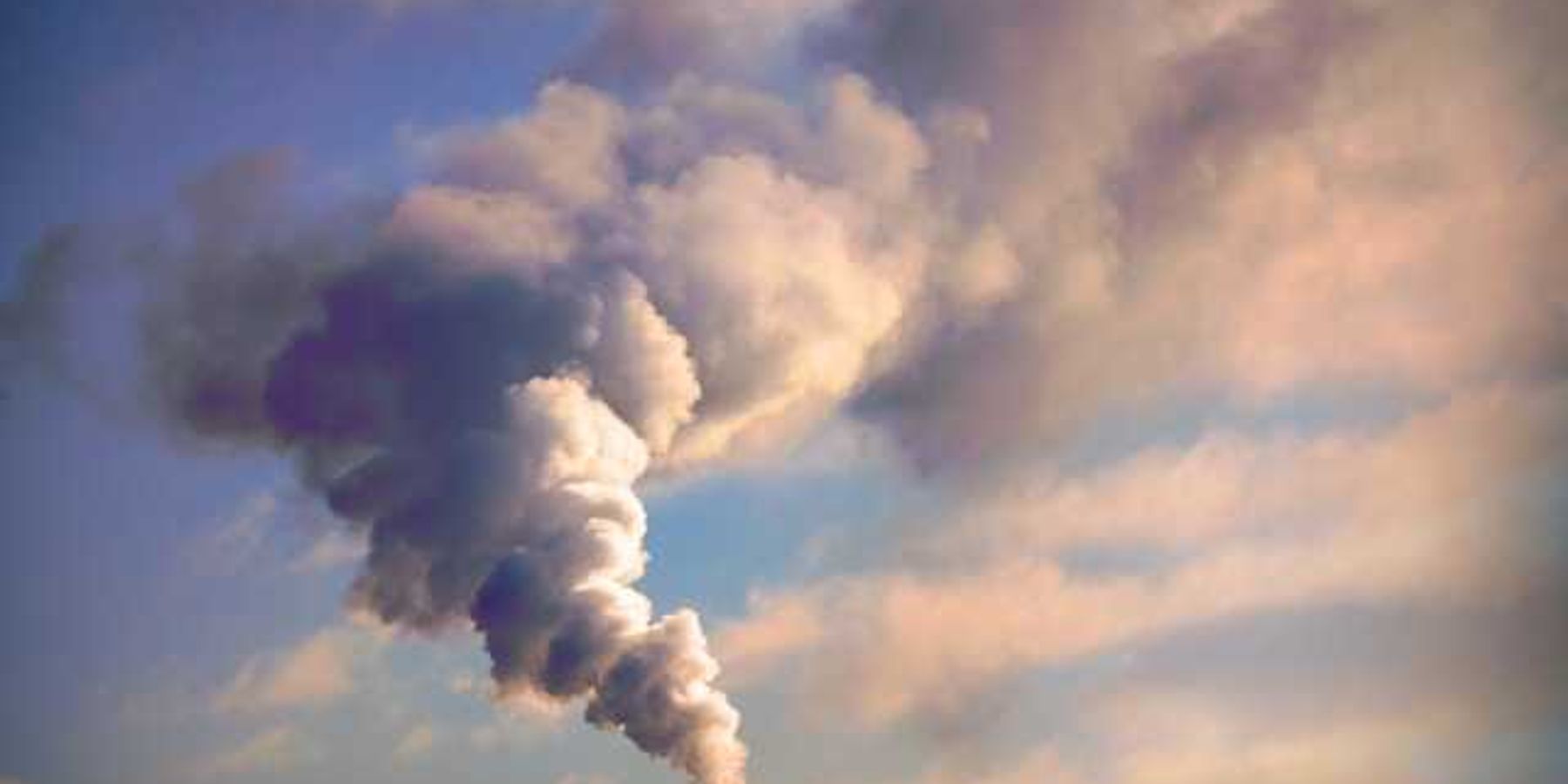Our 5 most read stories of 2023
Revisit the stories that most resonated with our readers this year.
It's always interesting to what stories touch people.
As with much of the internet, there often seems to be no real rhyme or reason. However, this year we found our audience remains engaged on PFAS chemicals in consumer products like oat milk and contact lenses. We also saw readers hungry for information on the East Palestine, Ohio, train spill and aftermath.
Check out what others have been reading. Below are our top five most read stories from the past year.
1. Testing finds glyphosate in two popular oat milks

Two out of 13 popular brands of oat milk had detectable levels of the controversial herbicide glyphosate, according to a report from Mamavation.
2. 800,000 tons of radioactive waste from Pennsylvania’s oil and gas industry has gone “missing”
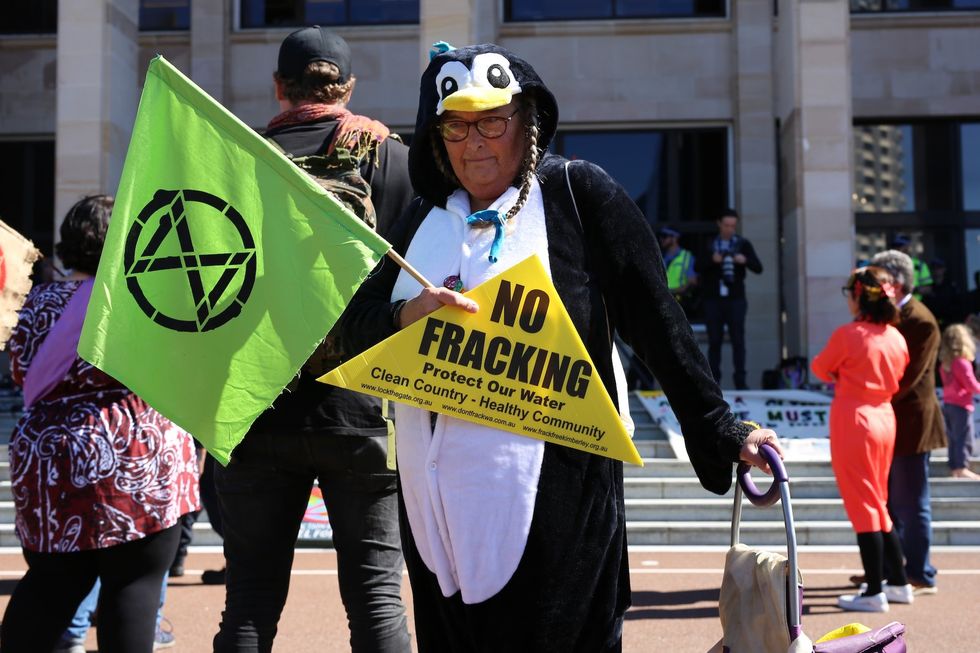
Waste from the oil and gas industry contains toxic and radioactive substances. Disposal of this waste is supposed to be carefully tracked, but 800,000 tons of oil and gas waste from Pennsylvania oil and gas wells is unaccounted for, according to a study.
3. Are you putting PFAS on your eyeballs?

Eighteen kinds of soft contact lenses have detectable levels of organic fluorine, an indicator of the group of chemicals known as PFAS, according to a report from Mamavation.
4. After the eighth catastrophic train derailment in the greater Pittsburgh area in five years, advocates demand better protections
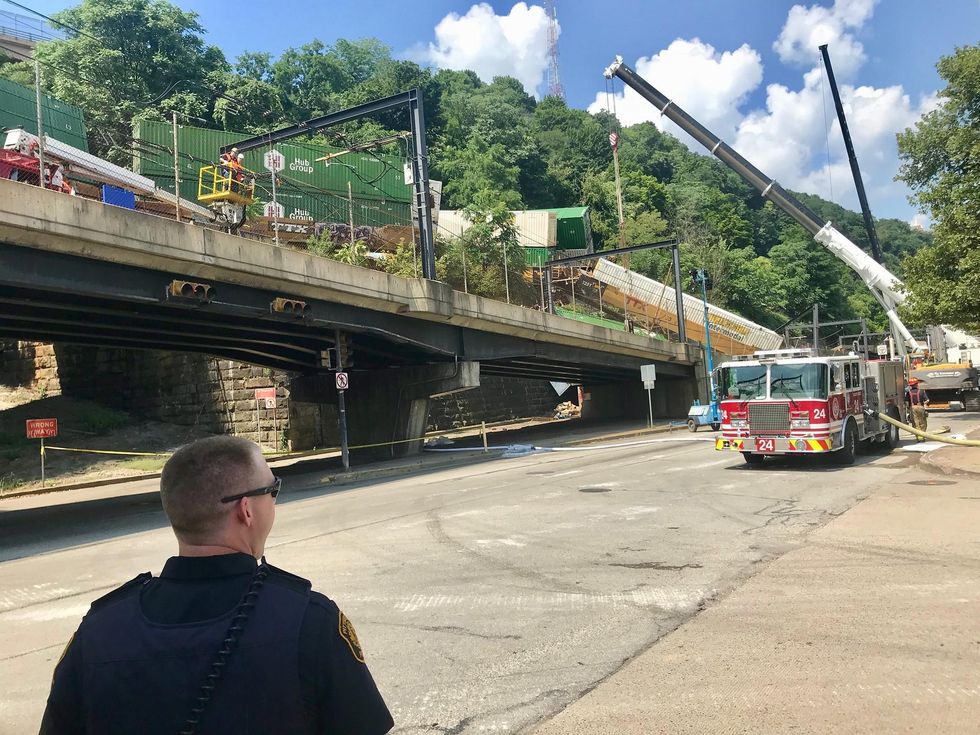
In February, about 50 Norfolk Southern train cars derailed in East Palestine, Ohio, about an hour northwest of Pittsburgh, causing an explosion and subsequent fire that continued burning through Sunday night.
5. The EPA has disclosed additional, concerning chemicals released during the train derailment in East Palestine, Ohio
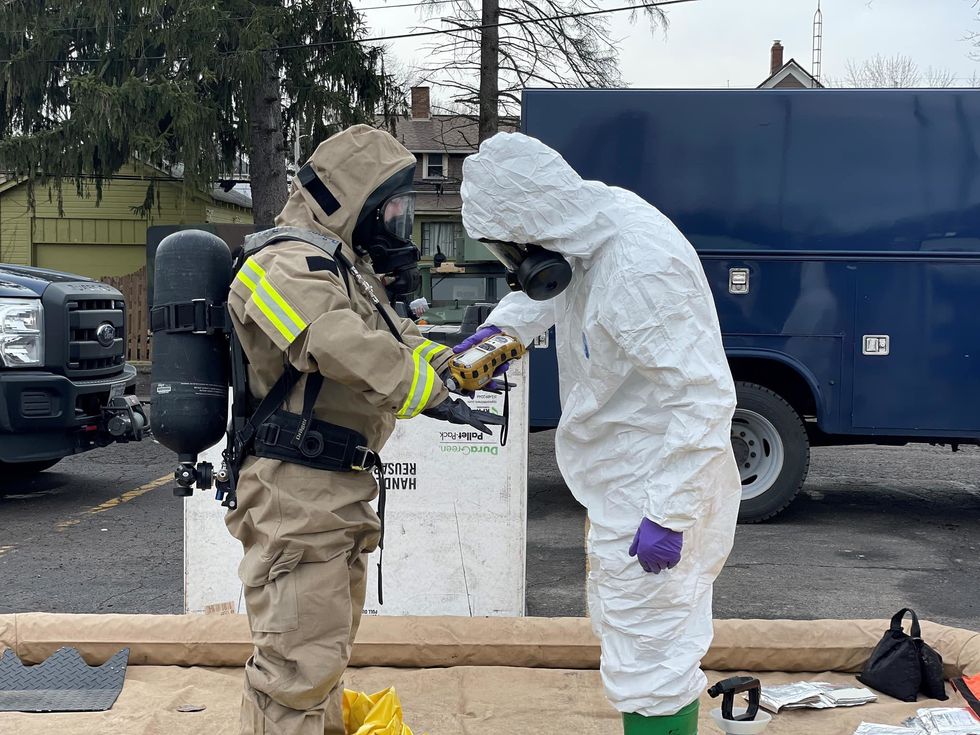
In February, the U.S. Environmental Protection Agency (EPA) sent a letter to Norfolk Southern Railway Co. that cited additional chemicals released during the company’s Feb. 3 train derailment in Ohio that were not previously known to the public.




